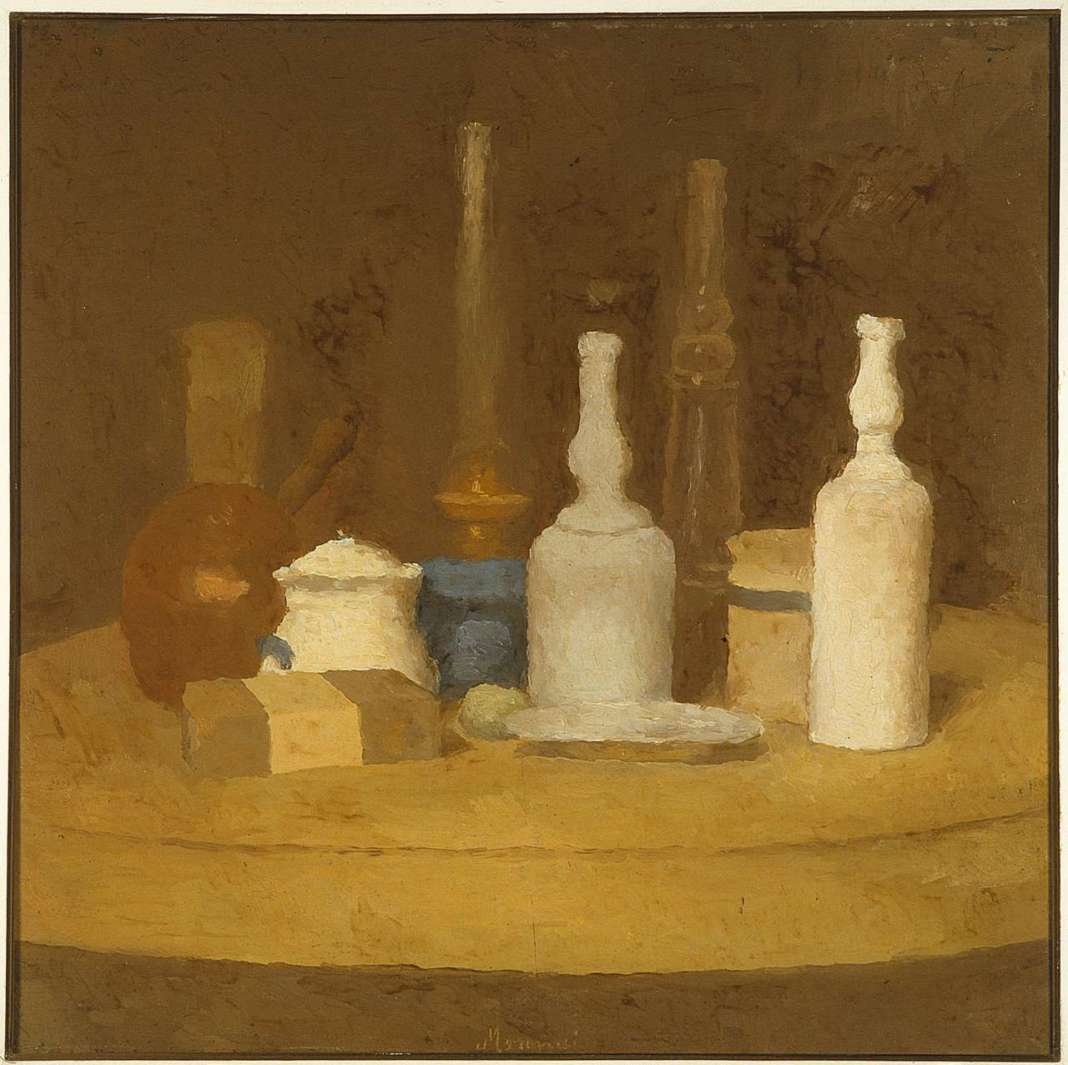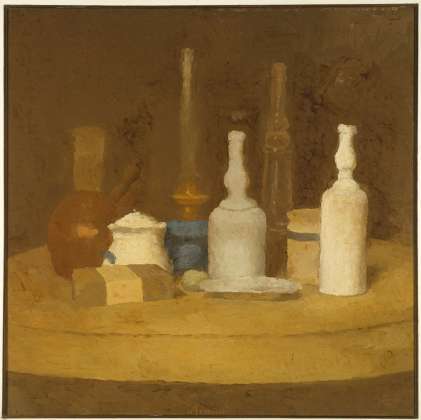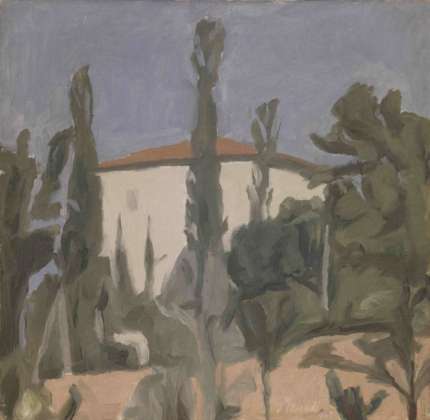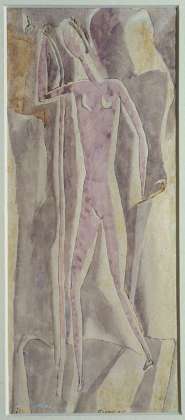On 18 June 1964 Giorgio Morandi died in his Bologna and Roberto Longhi, one of the most famous interpreters of his work, declared his profound upset: "There will be no more new paintings by Morandi: this is, for me, the most heartbreaking thought". Fifty-five years after the death of the great artist, the Museo Novecento hosts Exit Morandi, a major exhibition dedicated to the works of the Bolognese artist. The exhibition (from March 15 to June 27, 2019), curated by Maria Cristina Bandera and Sergio Risaliti, sees the collaboration with the Roberto Longhi Foundation and Villa Brandi and makes use of loans from the National Gallery of Modern and Contemporary Art in Rome, Banca Monte dei Paschi di Siena and significant private collections.
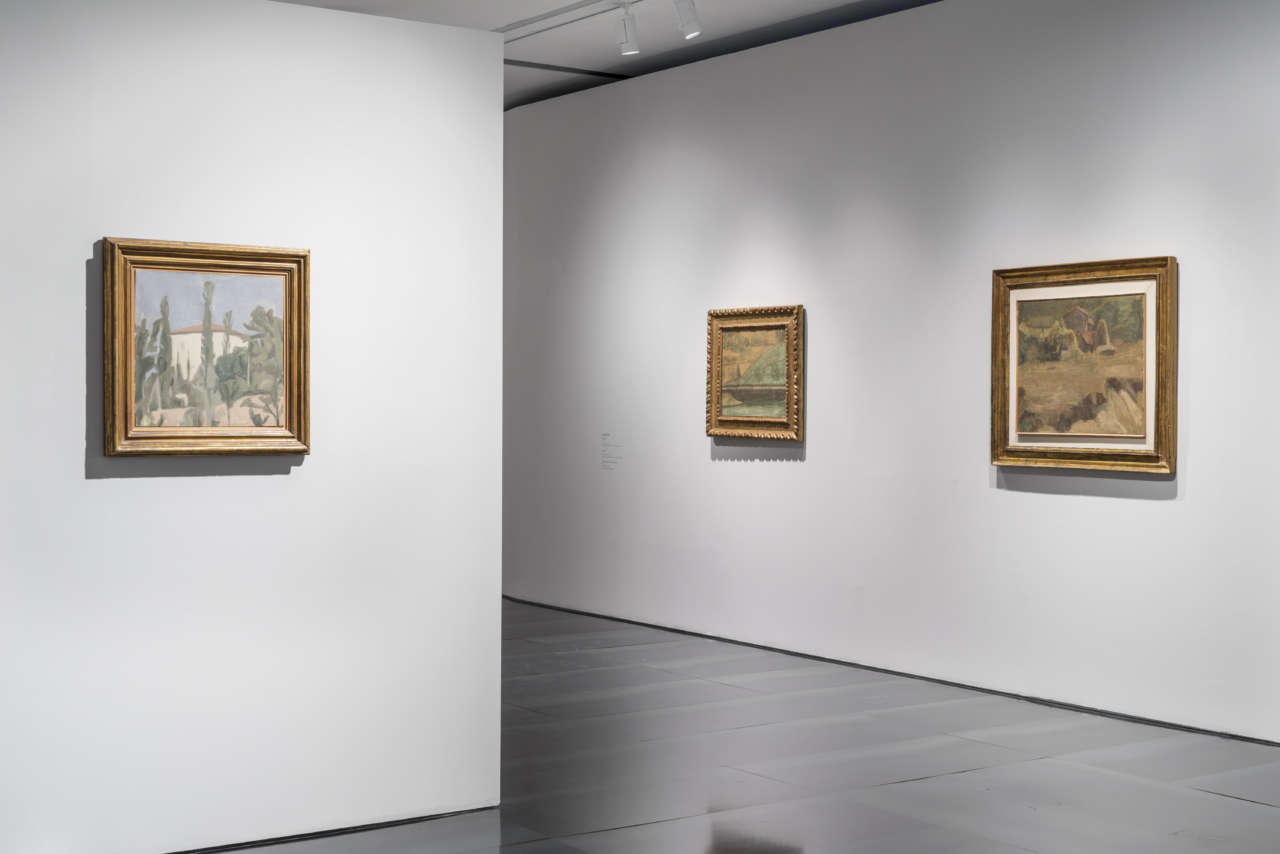
The exhibition originates from four important paintings in the Museo Novecento that belonged to Alberto Della Ragione, including a watercolour with a rare female figure that bears the precise date "11 April 918", a small masterpiece on paper, which shows the extraordinary ability of the artist to update on the avant-garde and his personal figurative synthesis, carried out in a language already essential and unconventional. Morandi's greatness was immediately evident to Roberto Longhi, who never interrupted his human and intellectual confrontation with the artist. The two, although attending for decades, will always give the "she" in their exchanges of letters, an affinity between an art historian and a painter began at the end of 1934, on the occasion of the prolusion held by Longhi as a new holder of the chair of Art History at the University of Bologna. In "un'aula gremitissima" Longhi concluded his enlightened review of the Moments of Bolognese painting by speaking in these terms of Morandi: "And I end up finding, not entirely by chance, that one of the best living painters in Italy, Giorgio Morandi, even today, while navigating among the driest and most perilous of modern painting, has always been able to direct his journey with a meditated slowness, with an affectionate study, like those of a new walk". This admiration was reciprocal, as Morandi's words dedicated to the scholar in 1961 testify: "I am reading, as you can imagine with the greatest interest, your youth writings. These too, as all his work has taught, teach and will always teach.
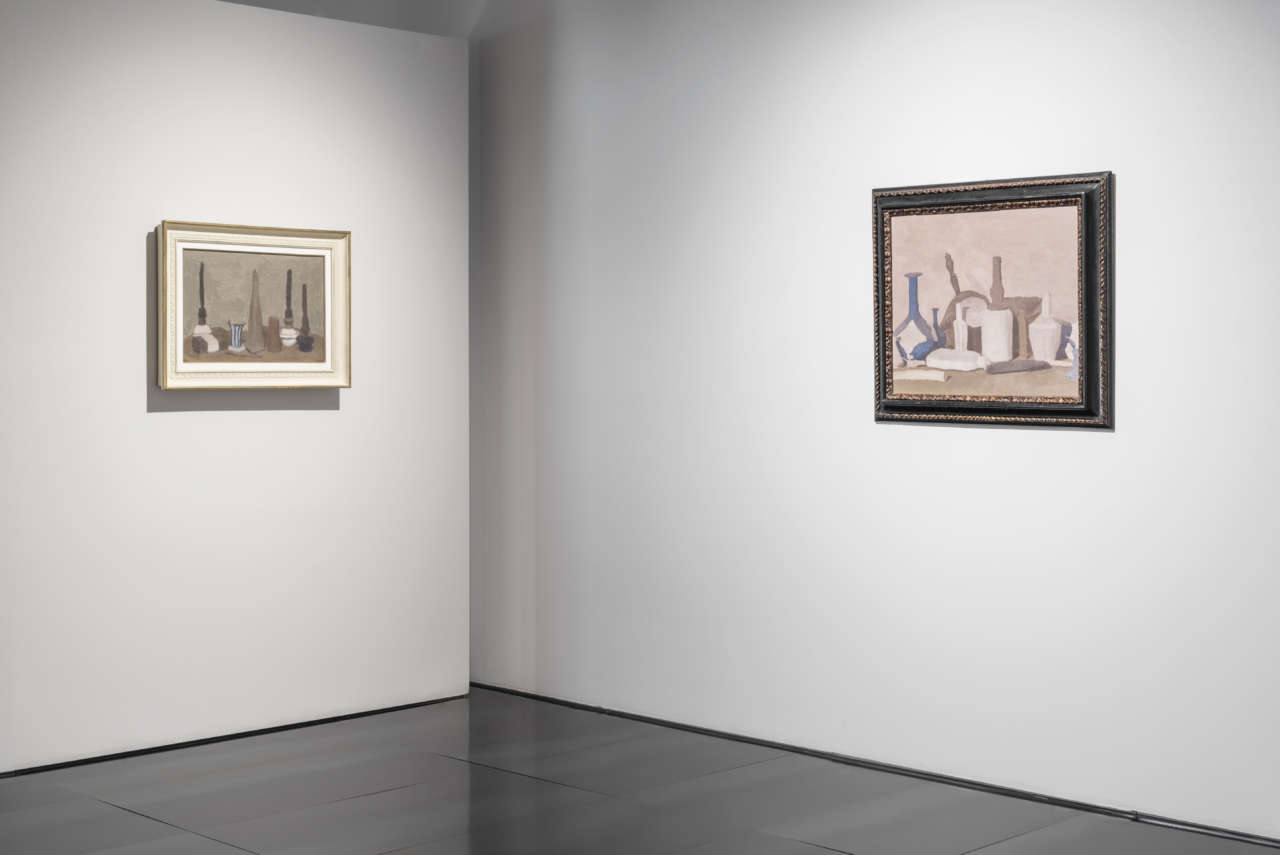
A journey of which Cesare Brandi, Francesco Arcangeli and Carlo Ludovico Ragghianti were also vigorous interpreters, or rather the cardinal points of twentieth-century criticism of the art of the Bolognese master. Hence the basis of a special exhibition project, which collects works that belonged to or gravitated in the orbit of the four illustrious art historians, to sugellare, in the passage of time and changing seasons, the fidelity to the silent and firm painting of Morandi, according to which "even with such simple subjects, a great painter can achieve a visual majesty and emotional intensity to which we react instantly.
Exit Morandi
After having written several times about it, Roberto Longhi, who spoke of a severe luminous elegy with regard to Morandi's painting, delivers a text that leaves its mark on the history and art criticism that followed him. The art historian points out a coincidence with the consequences for him epoch-making, in that fateful month of June 1964, when the Venice Biennale had just opened: "A capricious but not meaningless nemesis wanted Morandi to leave the scene the same day in which the products of pop-art were exhibited in Venice. The critic was convinced that Morandi's stature would grow even further, while the values of many of the "seasonal products" before and after Morandi would be reduced.
"Morandi will be second to none. This - recalls Maria Cristina Bandera - was Roberto Longhi's authoritative, far-sighted prediction, confirmed today by his international attention to the painter, who has no borders. It was not a reckless vaticinio, but a considered critical judgment, matured over a period of thirty years, expressed by the authoritative art historian on the steps of access to his studio at Villa Il Tasso in Florence, in front of the camera that filmed him for the television program L'Approdo, scheduled, ten days later, to commemorate the exit of the painter.

"Longhi's thesis expressed in '64 in Exit Morandi - declares Sergio Risaliti - could have appeared in those days and in the time immediately following that of a somewhat reactionary and conservative critic, faithful to an idea of art that was far too formal and dependent on idealism, in defence of a Western pictorial tradition that linked the world of Giotto, Masaccio, Piero della Francesca, Bellini, Titian, with that of Chardin and Corot, Renoir and Cézanne, to culminate in Morandi's still lifes and landscapes. Over time Longhi's foreboding has come true, but not so much in the sense of the reorganization of the epoch-making importance of Pop Art, which is indisputable, as in that of a Morandi beacon and undeniable reference point for many contemporary artists, attuned, like him, to the profound and returning values of the classical tradition.
An exemplary role in the art of the twentieth century, which Francesco Arcangeli also recognized to Morandi, interpreted as an avant-garde artist and at the same time deeply ancient. The reflections of these bishops of twentieth-century criticism are joined by those of Cesare Brandi, who highlighted the "supranational and universal" value of his painting, and Carlo Ludovico Ragghianti, a fundamental figure in the history of the Museo Novecento. The critical reading of the latter - says Maria Cristina Bandera - was extremely acute, not only because it helped to overcome the "vulgar fairy tale of the bottle painter", but also because it proved to be far-sighted, as confirmed by the testimonies of artists, architects and directors, including Bernardo Bertolucci, captured by the "monumentality" found in his small paintings and by the "low sound" that qualifies them.
In the exhibition you can admire still lifes, landscapes, flowers and a series of engravings, artistic expression that sees in Morandi one of the greatest representatives of his years and that earned him the international award at the Sao Paulo Biennial in Brazil in 1953.i distance, to commemorate the exit of the painter.


